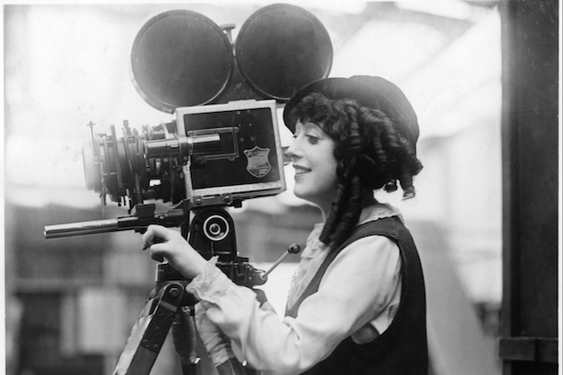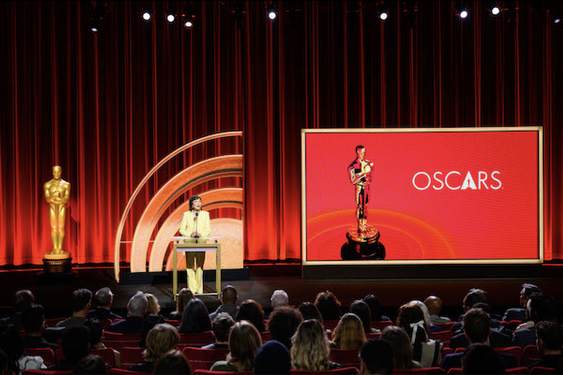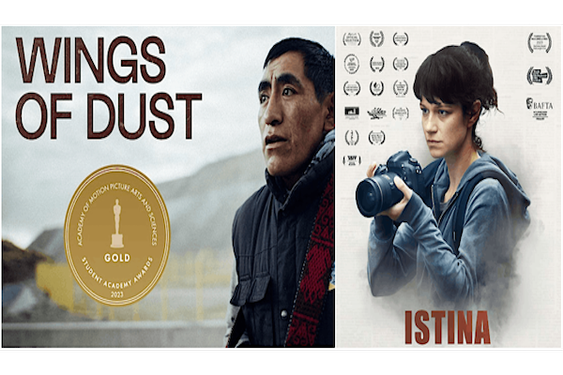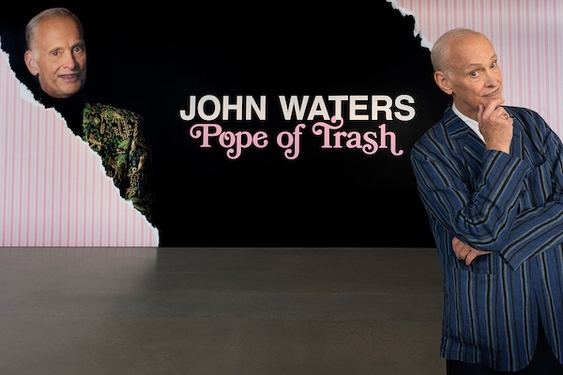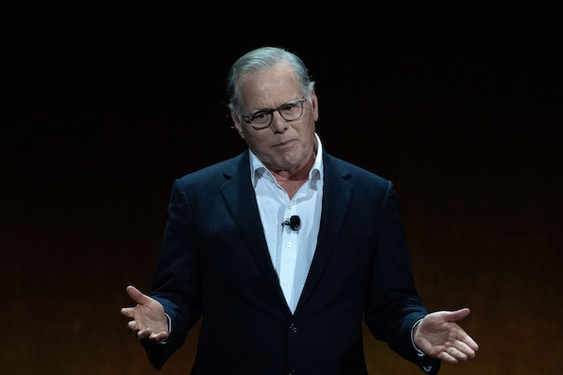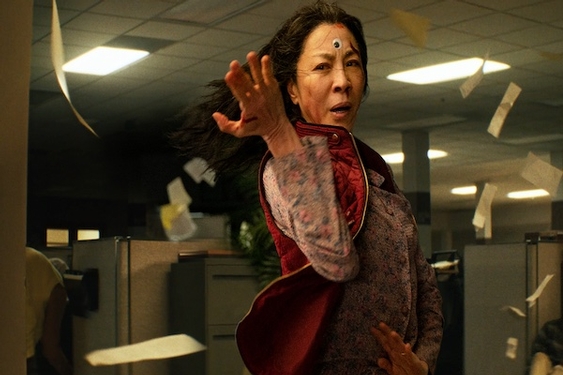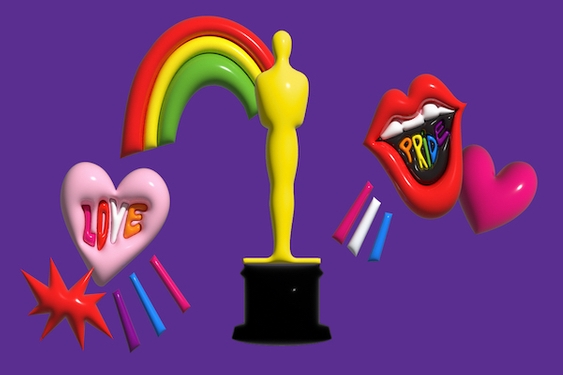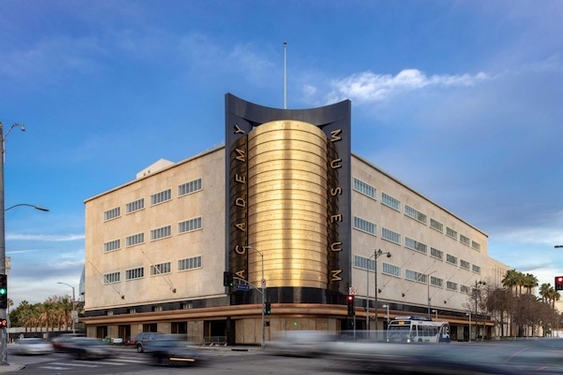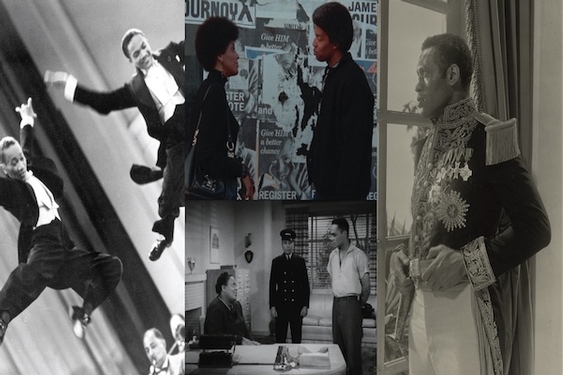Film is very much still a fine art. Though it is often separated, forced into other categories, including entertainment or digital media, there are plenty of films I have seen, and that I could show you, that are just about the farthest thing from entertaining and pleasurable. Experimental film has been an important part of film history and rhetoric starting just a couple decades after the world was introduced to the moving image.
Sergei Eisenstein was one such pioneer. He was a filmmaker from Soviet Russia who dedicated his career to creating films that broke the young narratives that had been developed by silent film directors like D.W. Griffith. Eisenstein is considered to be the ‘Father of the Montage’ because of his tendency to play with juxtaposing images, but also with light, film editing and shapes on screen.
Along with his contemporary Lev Kuleshov, Eisenstein argued in many of his writings on film that the montage was the essence of true cinema. Now, we can’t take what a professional spews so easily. He was an artist, but he was also never introduced to sound on tape or films in color. For his time, he was an experimental genius with the crazy hairstyle to boot.
Eisenstein opened the doors for many filmmakers after him, all of whom tended to come in waves and in art movements predominantly in Europe. Italian Neo Realism introduced the world to Roberto Rossellini and Federico Fellini. Films like The Bicycle Thief and Germany Year Zero were a product of this movement in Italy. Filmmakers at this time tended toward long takes and on-location shooting, often employing the help of nonactors for parts.
The French, however, went another route entirely. Somewhat inspired by the Italians as well as classical Hollywood cinema, French New Wave filmmaking of the 1950s and 1960s reflects a certain link to a self-conscious rejection of classical cinematic techniques. Youthful in spirit, New Wave filmmakers yearned to create not just a film but art that was formed from social and political upheavals that were happening at the time. Visually, such films saw changes in framing, narrative structure, less editing and a paradigm shift.
Though we cannot wholly shove him into the peg hole with other New Wave auteurs just because he is of the same nationality, Henri-Georges Clouzot makes a strong case for the inventiveness and forward thinking of the French throughout film history. Sometimes likened to Alfred Hitchcock, Clouzot was a proponent of psychological thrillers, and his work did much to further the genre.
Having already had a successful career, Clouzot took to heart the articles and reviews in the famous film publication, Cahiers du cinéma. His thrillers were often not taken seriously by the film community, and this left Clouzot downtrodden and almost unable to work. In 1963, Clouzot started pre-production on what would be one of his last films as director. L’Enfer tells the story of a man whose psychological state is compromised and hence deformed by male jealousy and desire. In his personal life, Clouzot had become obsessed with the Austrian-born multilingual actress Romy Schneider.
Clouzot spent months of sleepless nights preparing storyboards, changing plans for the color palette of the film and obsessing over details in the script. When the film began production, the production crumbled within weeks. Leading man Serge Reggiani fell ill (or according to some reports, was driven off the set by Clouzot), and the director himself suffered from a minor heart attack. Often considered one of cinema’s most notable films gone awry, L’Enfer was dropped after weeks of obsession on Clouzot’s part.
To get the whole story of Clouzot’s unfortunate downfall into depression and, to some extent, madness, the New Beverly Cinema is having a double feature on Feb. 4 and 5 in honor of the French director. First, Henri-Georges Clouzot’s Inferno (2009) is a documentary by Serge Bromberg that recounts the downfall of one of the best filmmakers of French psychological thrillers. Also screening is Diabolique (1955), which is often noted as the most chilling work of his career. He is a master of suspense; he just let the work get to him.
New Beverly Cinema is located at 7165 Beverly Blvd., Los Angeles. For more information, visit newbevcinema.com.
Film: Projections
Henri-Georges Clouzot Double Feature: Feb. 4,5 @ New Beverly Cinema
By Candice Winters

Romy Schneider in Henri-Georges Clouzot’s Inferno, screening Feb. 4
(Credit: Flicker Alley, LLC)
Article posted on 2/2/2011
This article has been viewed 2190 times.



